If you’re lucky enough to have an oak tree in your yard or nearby, Doug Tallamy will teach you that therein lies an entire David Attenborough film just waiting to be made. That’s because, among native plants, oaks are the biggest feeders of wildlife. Nationwide, oaks support 950 species of caterpillars and those, in turn, feed many birds who depend on caterpillars, especially to raise their young. And, of course, lots of creatures, from bears to squirrels and turkeys, feed on acorns. Oaks are also excellent sequesters of carbon and help protect our watersheds. And all of this is why Doug Tallamy will tell you that you should plant oaks if you have the opportunity to do so!
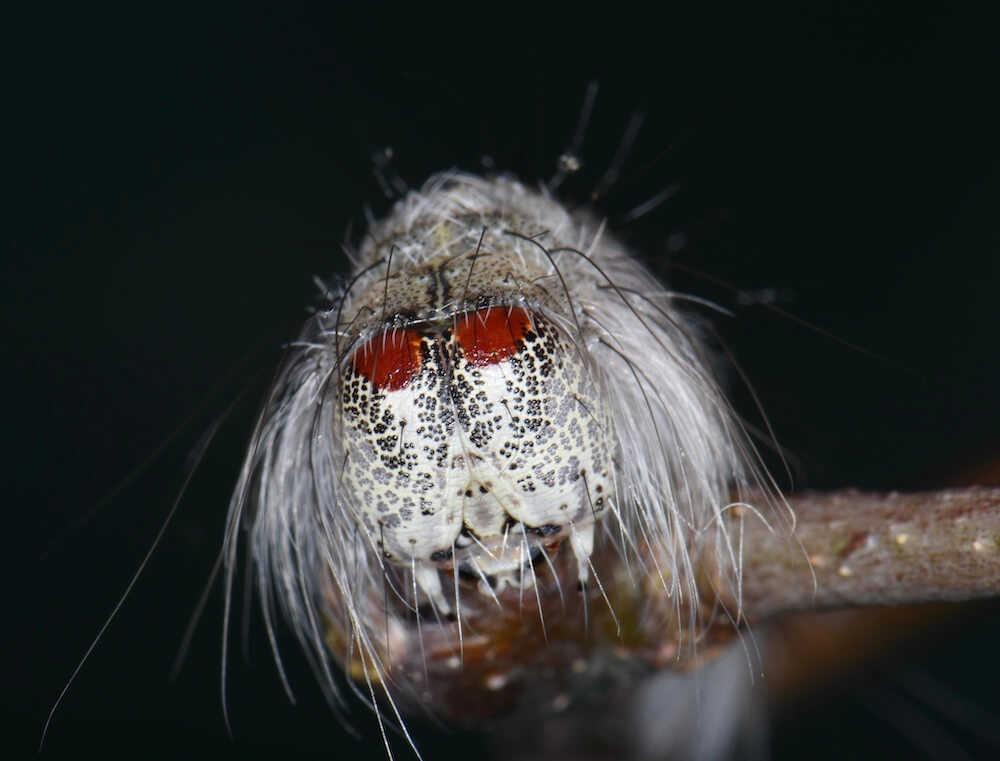
In this episode Doug Tallamy and I discuss his new book, The Nature of Oaks: The Rich Ecology of Our Most Essential Native Trees. (For those of you who missed my earlier interviews with Tallamy, you can also go back and listen to our discussions of Bringing Nature Home and Nature’s Best Hope.) To accompany this episode, I’ve posted a few photos here, including some that Tallamy has kindly allowed me to use from his collection. There are many more wonderful photos to be found in the book itself. The images are key to appreciating the marvelous living world that hides in an oak tree or, rather, trees. There are about ninety oak species native to the United States – in the index of Tallamy’s book, you can find out which species are best suited to your region.
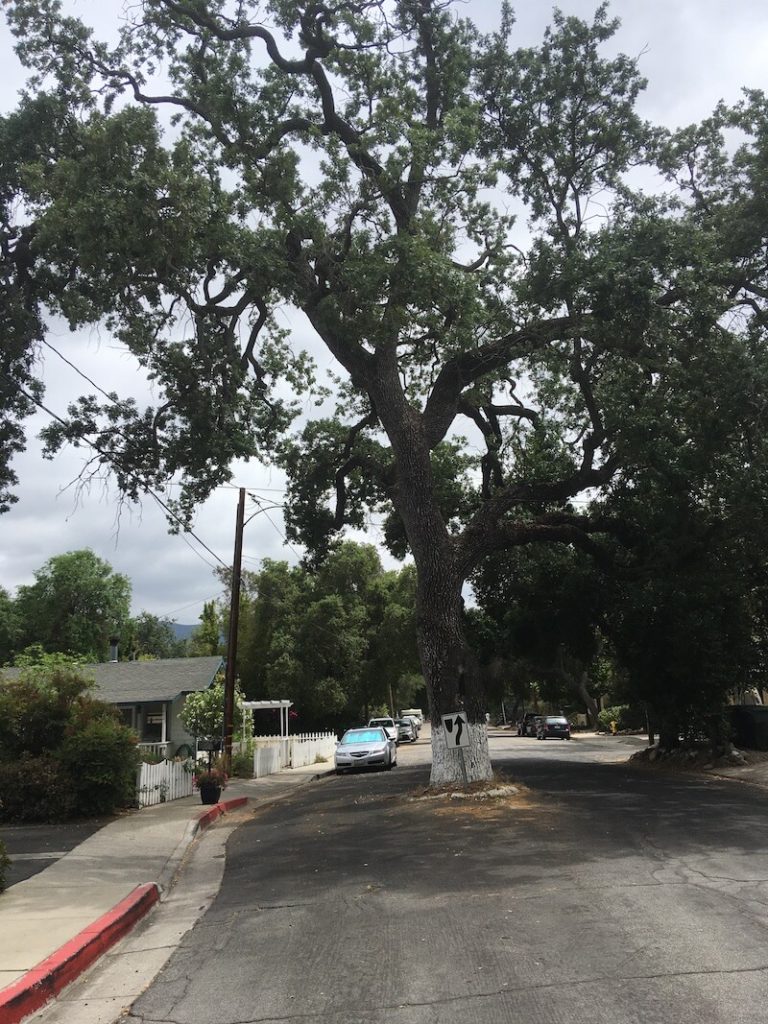
At one point in our conversation, Doug and I talk about street trees – he advocates for using oaks as street trees when possible – and I tell him about this unusual kind of street tree where my mother and brother live in Ojai, California, where the oaks are so prized that the old ones are protected, even if they happen to be in the middle of the street. The trouble is, many of the insects that live on oak trees require the leaf litter under the oak to survive. Indeed, many caterpillars overwinter in oak leaf litter; some descend into the litter during the day when they are more visible and climb back into the tree to eat at night.
Below is a photo – taken by Doug Tallamy – of an Acorn Oak Weevil, a common inhabitant of oaks, with its marvelous snout – technically, a proboscis – which it uses to chew a hole in the young, green acorn inside of which females will lay a fertilized egg. The acorn provides both food and protection for the growing larvae. A weevil-larvae-laden acorn may still be able to germinate, however, and, in some cases, an abandoned acorn may be taken over by Themnothorax ants. An entire ant colony inside an acorn!
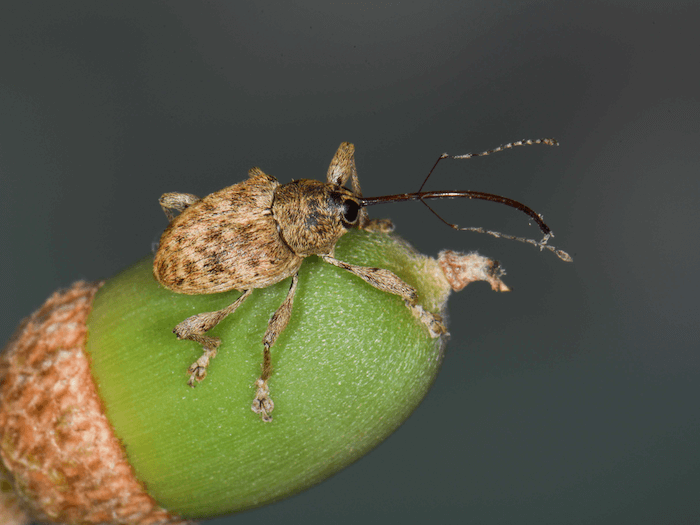
Another saga of reproduction that we learn about in Tallamy’s book is that of gall wasps, which create, as you might suspect, galls, generally-spherical protrusions on oak trees, in which they lay their eggs. Galls come in many different shapes, colors and sizes. Below is a sampling of Tallamy’s photographs of galls. You can see more images in his book. An interesting gall fact: ink has been made from a particular oak gall for a thousand years; oak gall ink was used in many important documents, including the Magna Carta and the Declaration of Independence.
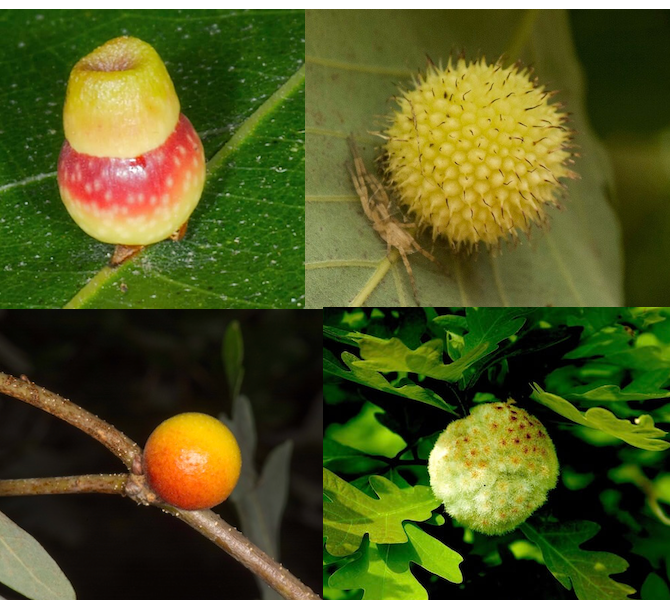
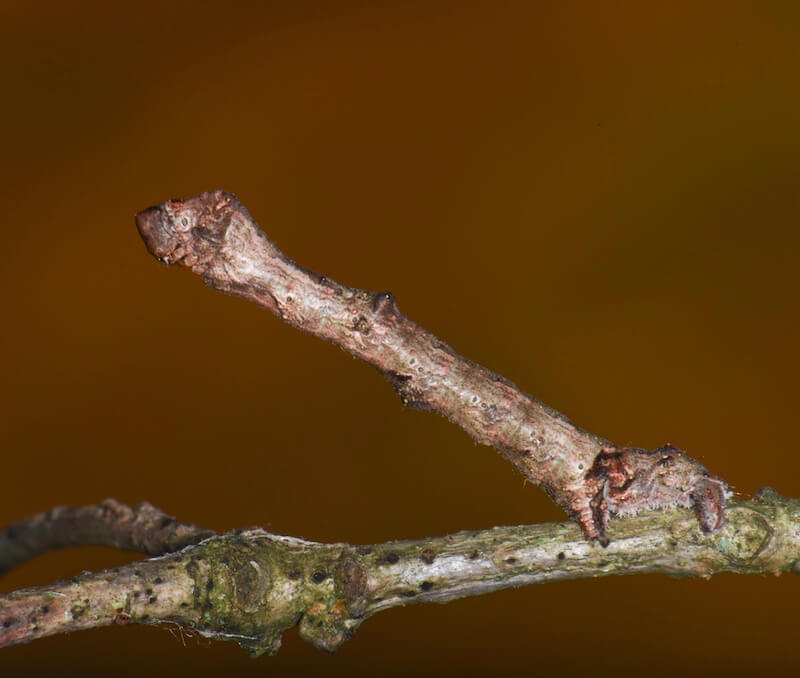
Another fun thing one discovers in Tallamy’s book are the incredible types of camouflage employed by caterpillars, moths and butterflies who live on oaks. This helps protect them from their many predators and also explains why we seldom see the creatures who live on our oaks (who also tend to come out more at night time). (Another favorite photo is the featured photo on the home page – of a spun oak caterpillar.)
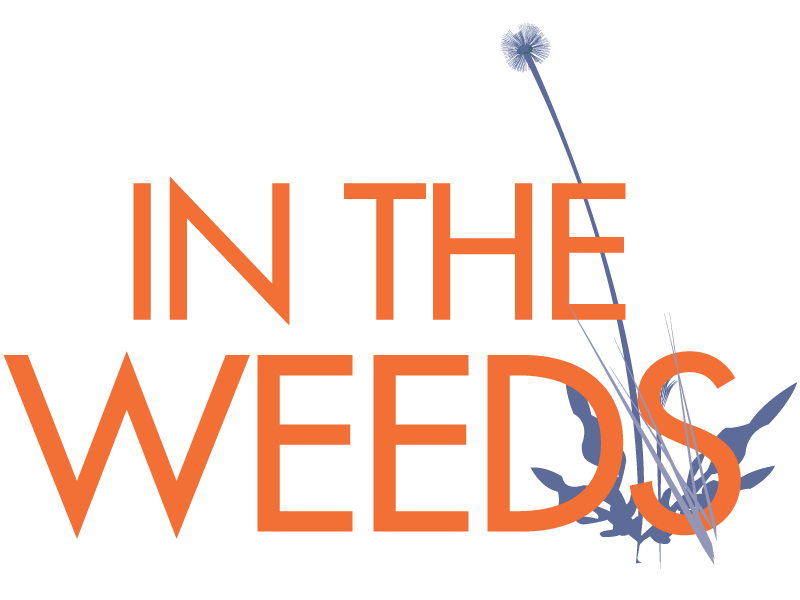
We have a huge double stemmed oak about 12-15 ft away from our front house wall. Initially, I resented not being able to plant all the climbing roses that would have done gloriously with the eastern sun in that side.
But now, love the cool shade and magnificent stature of this tree. Hope it lives a hundred years!
Will be looking for the books by Doug Tallamy. Amazing pictures of tiny creatures!
Sounds lovely. Tallamy documented one of his oaks by taking a picture of his daughter (I think) next to it every year. It’s really moving. I like that idea of documenting the growth of a tree.
Lovely! Thanks for sharing.